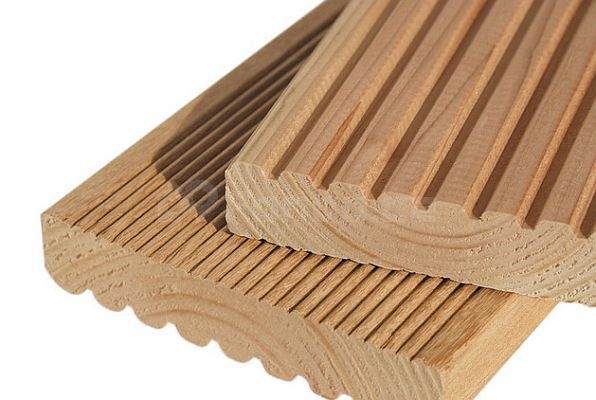
Enhancing Your Deck with Railing and Decking Board Combos
Making a customized deck featuring unique decking boards (terasová prkna) is a fantastic method to add character as well as value your outside space. This type of project lets homeowners create a deck that is not just a reflection of their style but also enhances their life. This comprehensive guide will assist you in the process.
1. Planning and Design
Before diving into the actual construction process, meticulous planning is crucial. First, determine the intended use of the deck. This could be for relaxing, entertainment, or as a space for outdoor dining. Sketch out a rough design or use deck design software to visualize your concepts. Think about factors such as deck dimensions, shape, and the arrangement of features like railings, seating, and planters.
2. Choosing Decking Materials
The selection of the best decking boards is essential. Unique decking boards can be constructed from a variety of materials, each offering distinct advantages:
Wood: Traditional as well as timeless, wooden decking offers natural beauty. Options include cedar, redwood and tropical hardwoods such as Ipe. Each kind is different in terms of the durability, color, and maintenance needs. Remember that wood decks may have to be sealed and stained regularly.
Composite: Made of a blend of plastic and wood fibers composite decking, it is durable and requires minimal maintenance. It’s resistant to rot and pests, and is often available in a wide range of textures and colors, mimicking the look of wood in natural.
PVC: Completely synthetic, PVC decking is a low-maintenance choice. It’s impervious to staining scratching, and fading. Although it may not offer the same natural appearance as wood, modern designs can nevertheless provide an attractive design.
Metal: For a modern, industrial look, consider metal decking boards made from aluminum or steel. They are extremely robust and are often utilized in commercial applications but can bring a distinctive look to decks for residential use.
3. Installation
The correct installation is crucial to a successful deck. If you’re a DIY-er or working with a professional, be sure to follow these guidelines:
Clean the site Clear the area in which the deck is to be built and make sure the ground is level. You might need to put in posts or footings depending on the deck’s dimensions and design.
The Deck Frame: Build the deck’s frame with pressure-treated lumber or metal. Make sure your frame’s level, and is securely secured.
Install the decking Boards: Attach the decking boards to the frame according to the instructions of the manufacturer. Create enough gaps between the boards for drainage and expansion. For a unique design you can mix and match different materials or colors.
Finish and maintain After installation, you can make sure to treat your deck with an exterior sealant or stain, if required. Regular maintenance will help extend its lifespan and help keep it looking at its best.
4. Finishing Touches
Finally, add personal touches like lighting, furniture and planters to finish your custom deck. The right accessories can turn the look of your deck into a stylish and functional extension of your home.
The process of creating a custom deck with unique decking boards is a rewarding project that enhances your outdoor living experience. With careful plan, material selection and attention to detail, your deck can become a stunning and personal outdoor oasis.